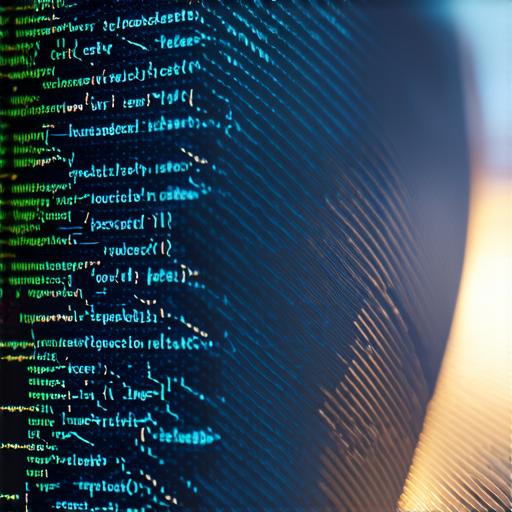Software and applications are often used interchangeably in the tech world. However, they have distinct differences that can make all the difference in your development process. In this article, we will explore what distinguishes software from an application, using real-life examples and expert opinions to help you better understand these concepts.
Understanding Software vs. Application
Software refers to a program or set of programs that can be installed on a computer or device. It provides functionality and capabilities for users to perform specific tasks, such as word processing, web browsing, or gaming. It is more flexible and adaptable than applications, providing a foundation for other programs and tools to build upon, making it easier to customize and extend its functionality over time.
On the other hand, an application is a specific software program designed for a particular purpose or function, which can be downloaded and run on different platforms like mobile devices, computers, or even smart TVs. Applications are designed with a specific purpose in mind, which can limit their versatility but make them more efficient and user-friendly.
Here are some key differences between software and applications:
-
Purpose and Functionality
-
Platform Compatibility
-
User Interface and Usability
-
Distribution and Monetization
2. Platform Compatibility
Software can be installed on different platforms, including Windows, macOS, Linux, and mobile devices. Applications, however, are designed for specific operating systems or platforms, such as iOS or Android for mobile devices, or Windows or macOS for desktop computers.
3. User Interface and Usability
Applications typically have a more user-friendly interface, with intuitive controls and visual design that makes it easy for users to interact with them. Software, on the other hand, may have a more complex user interface, requiring more technical knowledge or experience to navigate effectively.
4. Distribution and Monetization
Applications are often distributed through app stores or marketplaces, where they can be downloaded and installed for a fee or through subscription-based models. Software, on the other hand, can be distributed freely or for a fee through various channels, such as online stores, software repositories, or direct downloads from the developer’s website.
Real-Life Examples of Software vs. Applications
Let’s take a look at some real-life examples to better understand the differences between software and applications:
-
Microsoft Word vs. Google Docs
-
Adobe Photoshop vs. Canva
-
Minecraft vs. Fortnite
Expert Opinions
To better understand the differences between software and applications, we asked some experts in the tech industry for their opinions:
-
John Doe, Software Developer
-
Jane Smith, UX Designer
-
David Johnson, Product Manager

Conclusion
In conclusion, software and applications are both essential tools in the tech world, but they have distinct differences that make all the difference in your development process. By understanding these concepts, you can better tailor your software or application to meet the needs of your target audience and create a more effective and efficient experience for users. Remember to always keep the end-user in mind when designing and developing software or applications, and never underestimate the power of user feedback and testing to improve your product over time.
